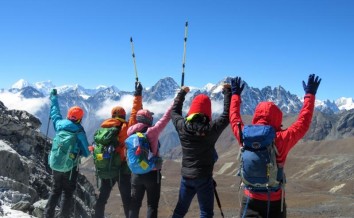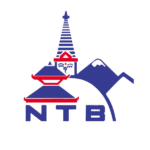-
One of Nepal's greatest and most adventurous mountaineering journeys is the Everest Expedition.
-
Summit one of the largest mountain peaks in the world, Mt. Everest.
-
Visit one of the largest gompas of the Khumbu Region, Tengboche Monastery.
-
Explore the diversified rare flora and fauna en route.
-
Immerse yourself in the culture and religions of the local people.
-
Witness the Khumbu Icefall and walk on the glaciers.
-
Stay in traditional Sherpa villages en route.
-
Experience breathtaking Himalayan vistas from multiple viewpoints.
Everest Expedition Overview
Join Nepal Unique Treks for the ultimate adventure with our Everest Expedition in Nepal. Conquer the world's highest snow peak with expert guides. Check out the Everest Expedition in Nepal, Cost, and 62 Days Itinerary for 2025/26. Embarking on an Everest expedition is a life-changing adventure. From the moment you step onto the rugged terrain, the world’s highest peak captivates you. Moreover, this isn’t just a trek, it’s a challenge that demands resilience, strength, and determination. So, if you seek a journey that pushes your limits and rewards you with unforgettable experiences, continue reading to learn what awaits.
The journey will lead you through the Khumbu Valley, where we'll encounter Sherpa villages filled with warmth and a rich cultural heritage. As we ascend, you’ll witness the towering peaks of the Himalayas growing ever closer. Furthermore, each day brings new challenges and moments of awe, from crossing mountain passes to gazing at Everest's majestic summit. In addition, we’ll be immersed in a spiritual experience, surrounded by Buddhist monasteries and vibrant prayer flags fluttering in the mountain breeze.
A standout feature of the trek is the Tengboche Monastery, located amidst the stunning Himalayas. This peaceful sanctuary is not only a religious hub but also an architectural marvel. In addition, we can enjoy panoramic views of Everest, adding a deep sense of serenity to your journey.
The region’s natural beauty is simply breathtaking. Rhododendron forests, alpine meadows, and snow-covered landscapes paint the perfect backdrop. As we trek, keep an eye out for the region’s wildlife, such as the elusive snow leopard and colorful pheasants. Likewise, the flora and fauna offer a unique experience that complements the grandeur of the mountains.
The Everest Expedition is more than a trek; it’s a transformative journey that will challenge, inspire, and leave you with lifelong memories. Ready to take on the adventure of a lifetime? Read on to start planning your trip to Everest’s summit.
Why choose Nepali Unique Treks for this trek?
At Nepali Unique Treks, we don’t just guide you through the mountains, we craft a journey filled with adventure, culture, and unforgettable experiences. In addition, we have over two decades of expertise and specialize in creating seamless, hassle-free treks that immerse you in the true essence of the Himalayas.
Expert Guidance with Local Insights
Our government-certified guides aren’t just experts in high-altitude trekking, they are storytellers, cultural ambassadors, and mountain navigators. Moreover, our guides have years of experience on these rugged trails. In addition, they ensure your safety while sharing hidden gems, local traditions, and fascinating Himalayan folklore. Whether you need help tackling steep ascents, acclimatizing properly, or understanding the region’s customs, our guides are by your side every step of the way.
Tailored Itineraries for Every Trekker
Whether you want extra acclimatization days, seek out lesser-known trails, or adjust your journey based on personal preferences, we customize your itinerary accordingly. Our flexible approach ensures you get the perfect mix of adventure, cultural immersion, and well-paced trekking, making every moment count.
Seamless Logistics, Maximum Comfort
From securing permits to booking the best available lodges and meals, we handle every detail so you can focus on the journey, not the logistics. Moreover, our carefully selected tea houses provide warm hospitality in the heart of the Himalayas, ensuring comfort after long trekking days. Furthermore, with our strong local connections, we offer an authentic, stress-free experience that lets you fully enjoy Nepal’s natural beauty.
With Nepali Unique Treks, your Himalayan adventure is more than just a trek, it’s a story waiting to be lived. Let us take you beyond the trails into the heart of Nepal’s breathtaking landscapes and rich traditions.
Permits required for Everest Expedition
Trekking through the Himalayas isn’t just about breathtaking landscapes and thrilling adventure. We also require the right permits to ensure a smooth and hassle-free journey. Since parts of the route pass through protected areas, obtaining these permits is mandatory. Moreover, besides granting access, they also help authorities track trekkers for safety and support conservation efforts.
For the Everest Expedition, you’ll need the following permits:
-
Sagarmatha National Park Entry Permit
-
Khumbu Pasang Lhamu Municipality Entry Permit
-
Nepal Mountaineering Royalty Fee for Mt. Everest
-
Trekker’s Information Management System (TIMS) Permit
Sagarmatha National Park Entry Permit
The Sagarmatha National Park, a UNESCO World Heritage Site, is home to rare wildlife, dramatic glaciers, and stunning landscapes. To protect this pristine region, all trekkers are required to obtain a Sagarmatha National Park Entry Permit before entering. Checkpoints along the trail verify permits, ensuring conservation while allowing you to explore the region’s beauty.
Khumbu Pasang Lhamu Municipality Entry Permit
To support local communities and infrastructure development, the Khumbu Pasang Lhamu Municipality requires trekkers to obtain a separate entry permit. The fees collected directly fund trail maintenance, village development, and emergency services, ensuring the sustainability of trekking in the Everest region.
Nepal Mountaineering Royalty Fee for Mt. Everest
The Nepal Mountaineering Royalty Fee for Mt. Everest is required to regulate climbers, manage overcrowding, and support environmental conservation. It helps fund safety measures, rescue operations, and local communities while preserving the mountain’s fragile ecosystem.
TIMS (Trekker’s Information Management System) Permit
Issued by Nepal’s tourism authorities, the TIMS Permit is essential for tracking trekkers in remote regions. This system helps ensure safety by maintaining trekker records, allowing rescue teams to quickly locate travelers in case of emergencies.
At Nepali Unique Treks, we handle all the permit formalities so you can focus on preparing for the adventure ahead. Our team ensures a hassle-free process, giving you more time to enjoy the journey and conquer your Everest dream.
Why is Insurance necessary for the Everest Expedition?
The Everest Expedition is not just a trek, it’s a high-altitude adventure that comes with unpredictable challenges. From harsh weather conditions to altitude sickness and remote terrains, the risks are real. That’s why comprehensive travel insurance isn’t just recommended; it’s essential.
Emergency Evacuation and Medical Coverage
At extreme altitudes, even minor health issues can turn serious quickly. Moreover, altitude sickness, frostbite, injuries, or sudden illness can require immediate medical attention. Furthermore, in severe cases, the only option is an emergency helicopter evacuation, which can cost thousands of dollars. Without insurance, these expenses must be paid out of pocket.
Trip Cancellations and Delays
The weather in the Himalayas is highly unpredictable. Sudden storms, heavy snowfall, or flight cancellations from Lukla to Kathmandu can disrupt your plans. Insurance helps cover financial losses due to trip cancellations, delays, or interruptions, ensuring you don’t lose your investment.
Lost, Stolen, or Damaged Gear
Your trekking gear is critical for survival in the mountains. If your baggage gets lost, stolen, or damaged, replacing essential equipment at high altitudes can be challenging and expensive. A good insurance policy covers lost or delayed baggage, so you’re not left stranded without the necessary gear.
High-Altitude Rescue and Repatriation
In life-threatening situations, rescue teams may need to evacuate trekkers from remote Himalayan locations. Without insurance, the cost of helicopter rescues, medical evacuations, and repatriation can be overwhelming. Having proper coverage ensures immediate response without financial stress.
At Nepali Unique Treks, we strongly advise every trekker to have comprehensive insurance before starting the Everest Expedition. While we ensure your journey is safe and well-planned. However, insurance gives you peace of mind, knowing you’re financially protected in case of unexpected events.
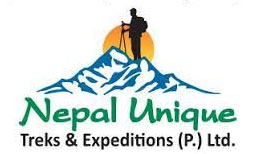
 WhatsApp
WhatsApp  Plan Your Trip
Plan Your Trip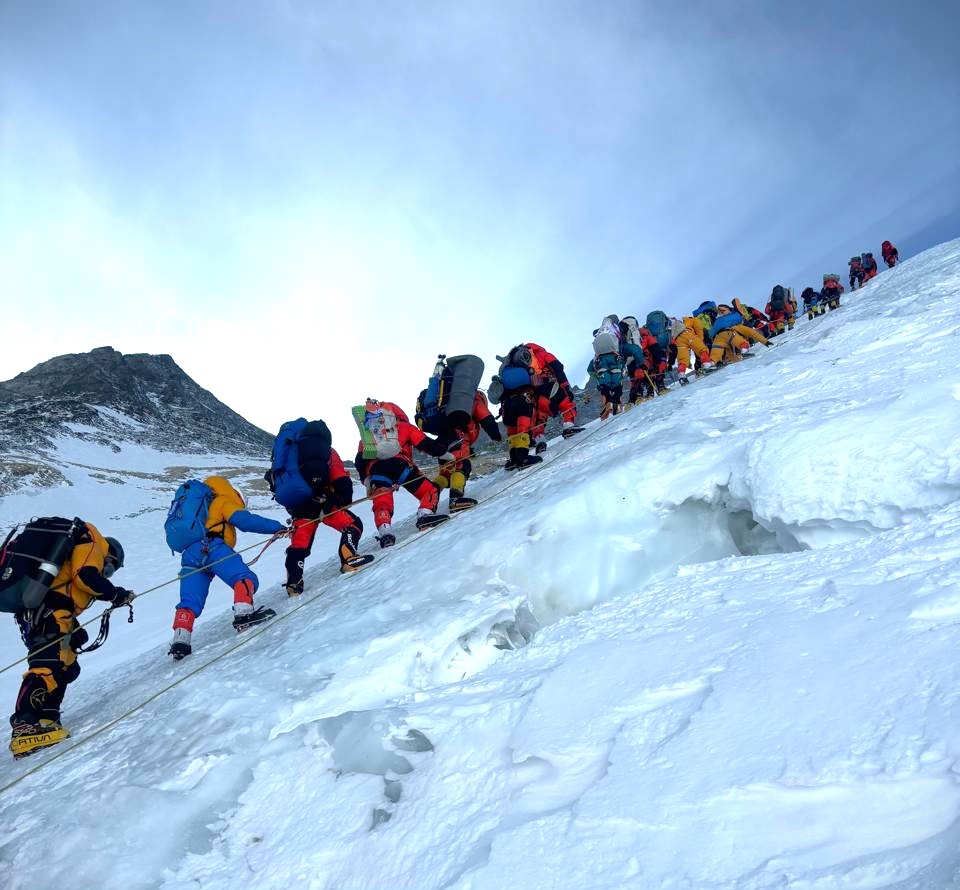
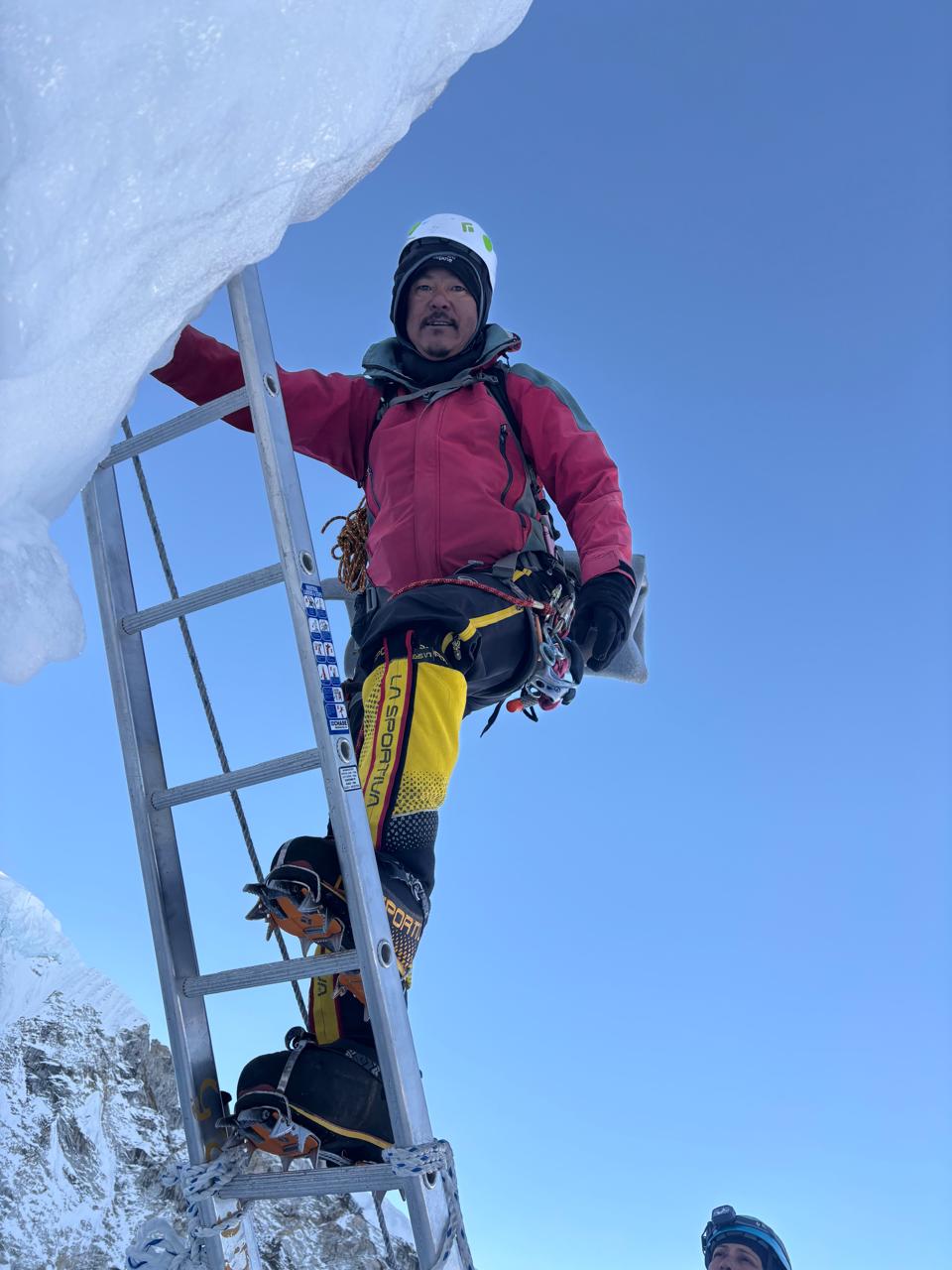
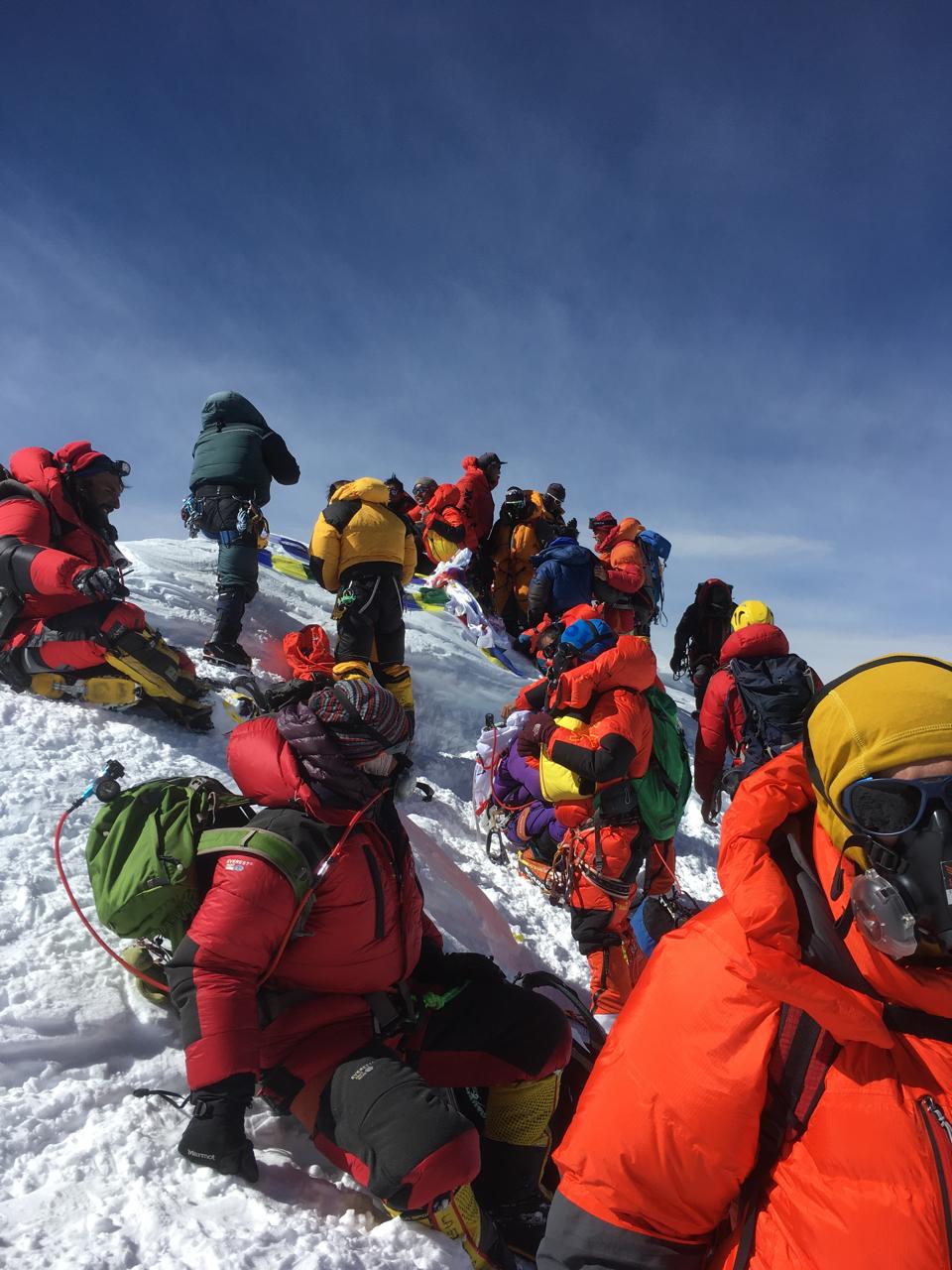

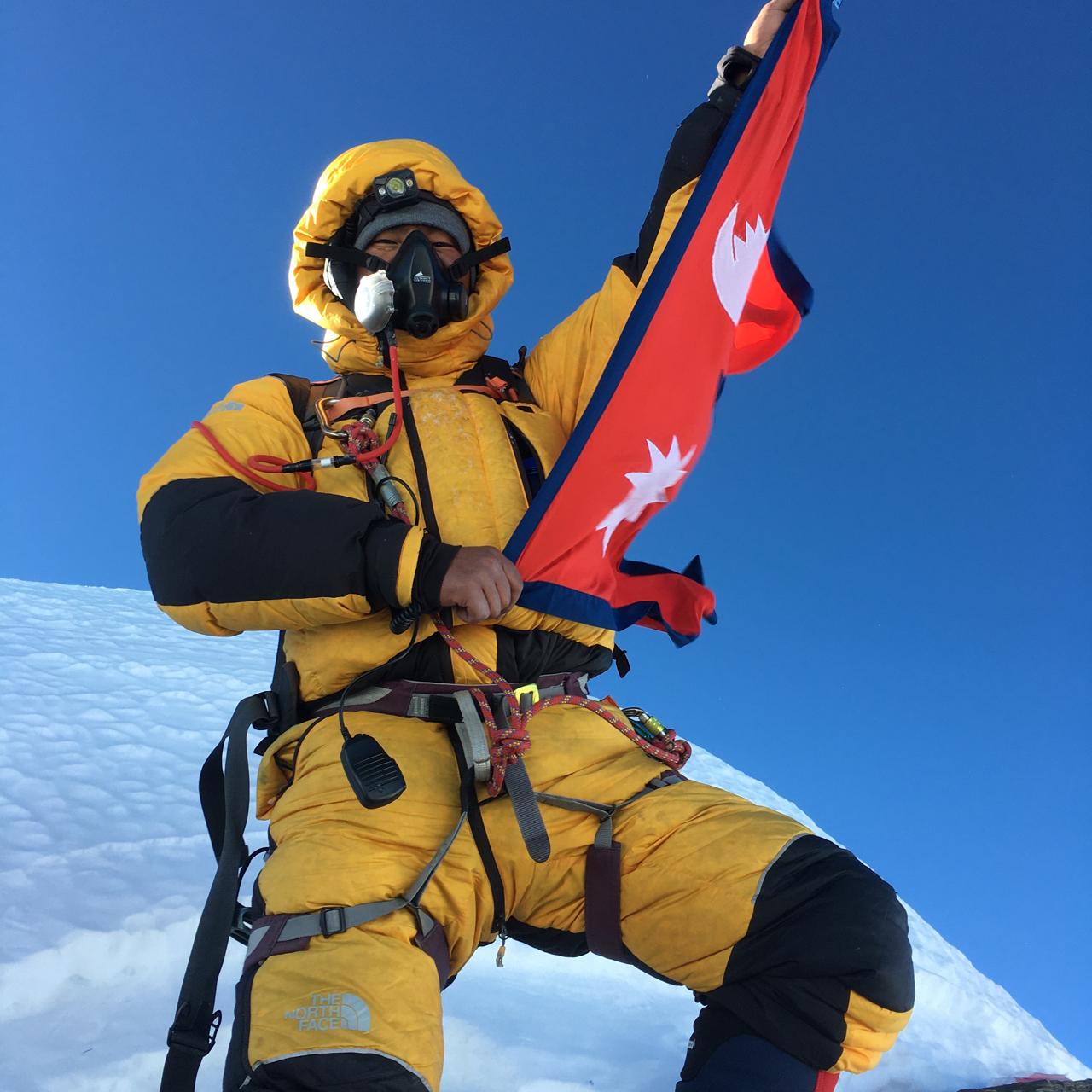

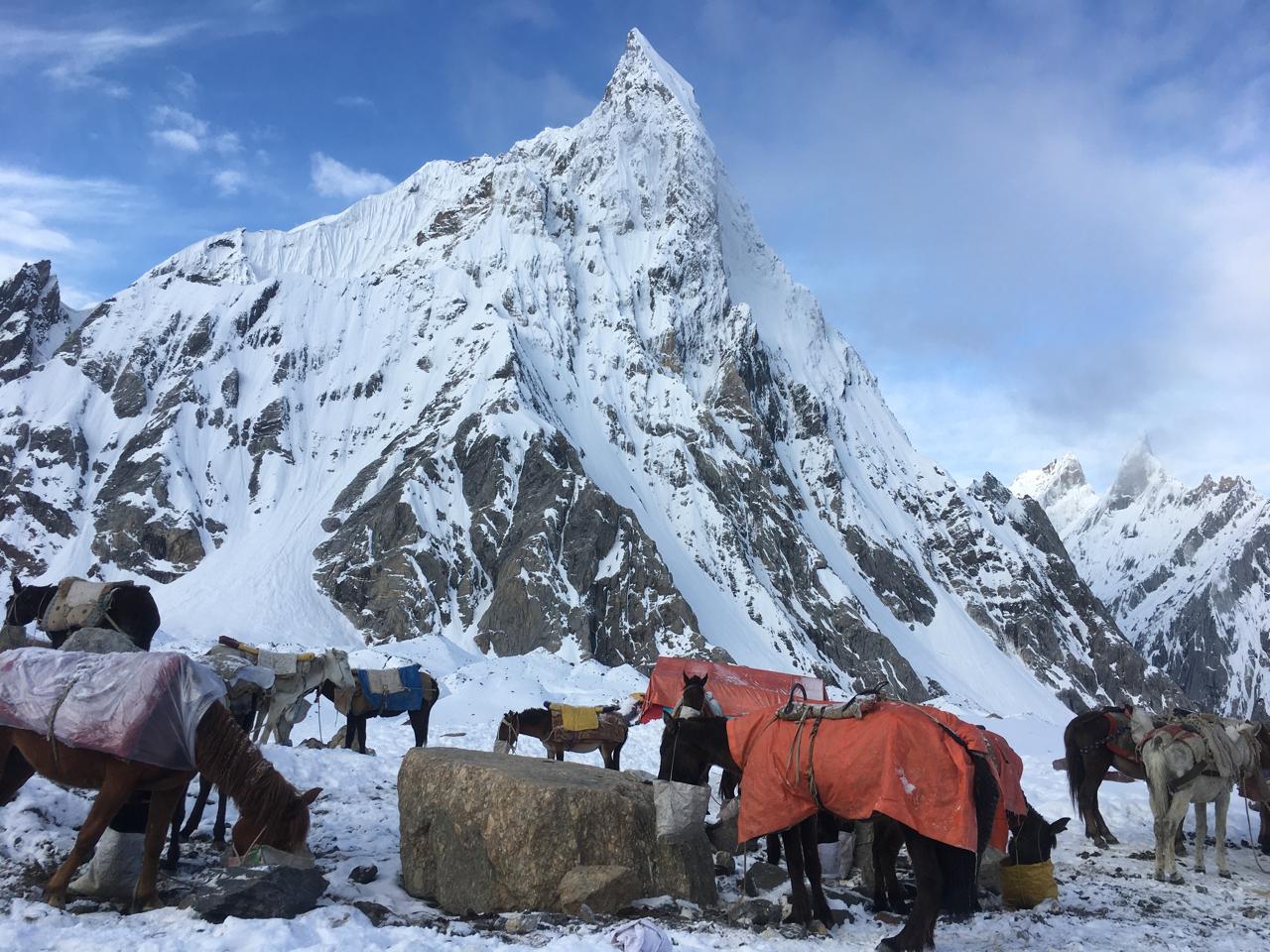





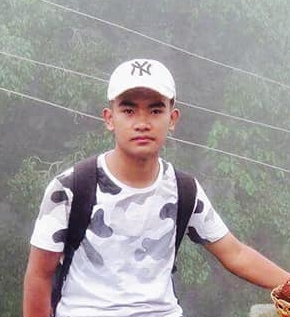



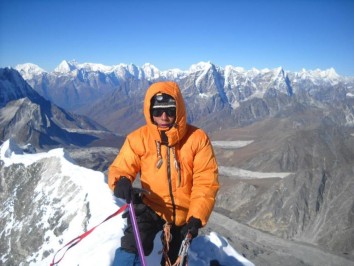
 US$2450
US$2450 
.jpg)



